ECOLOGY ▪ EDUCATION ▪ ADVOCACY
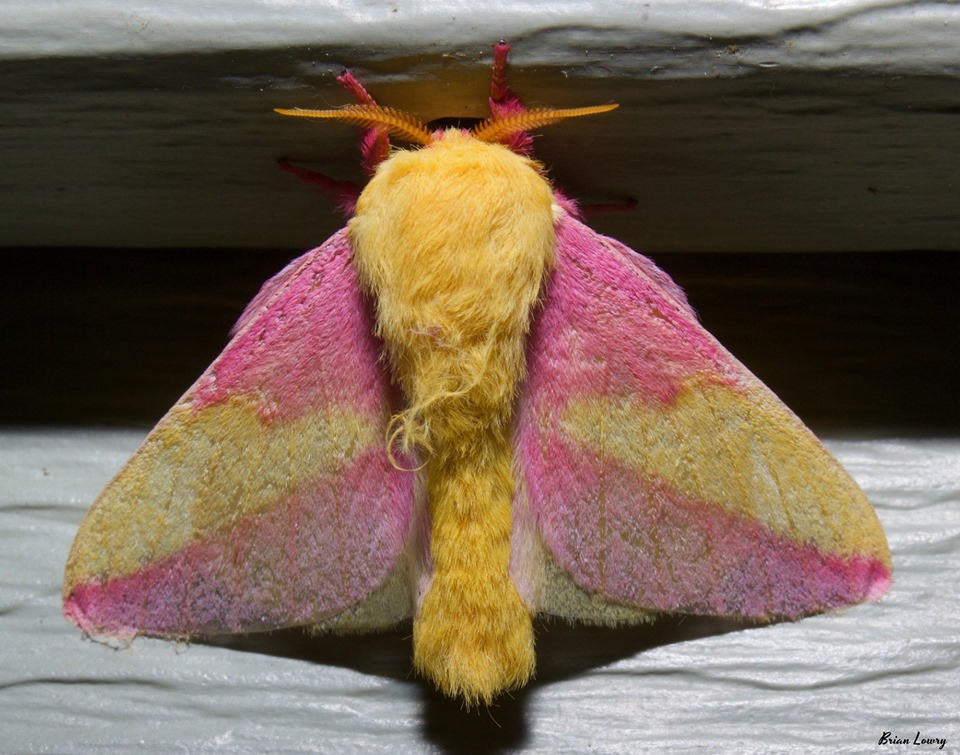
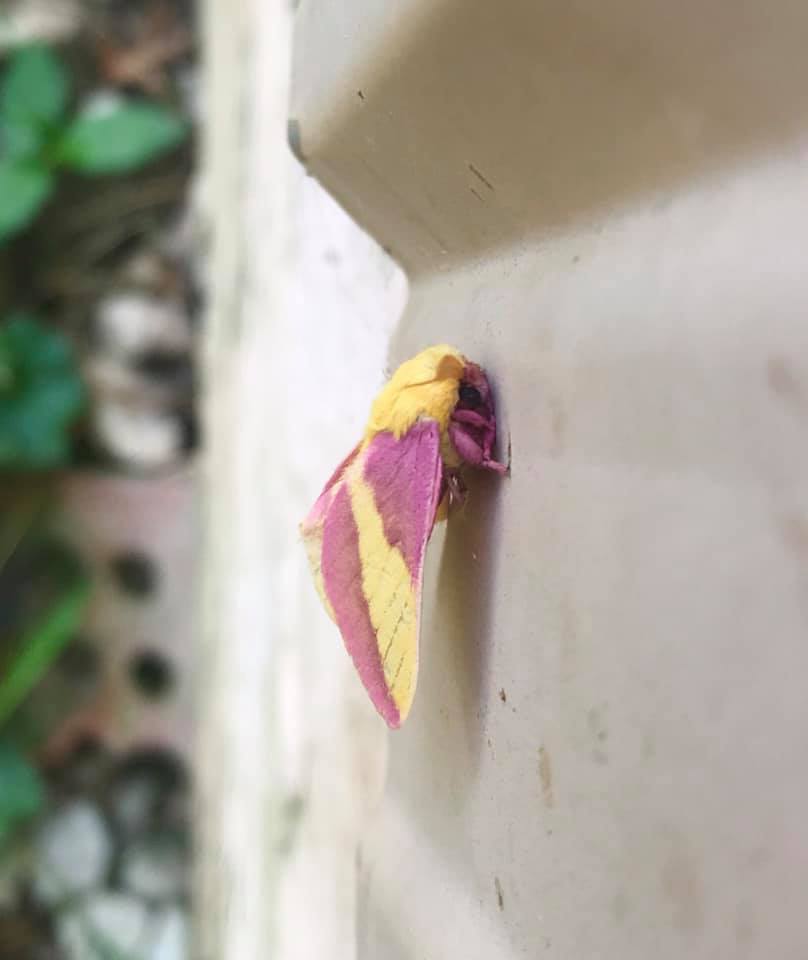
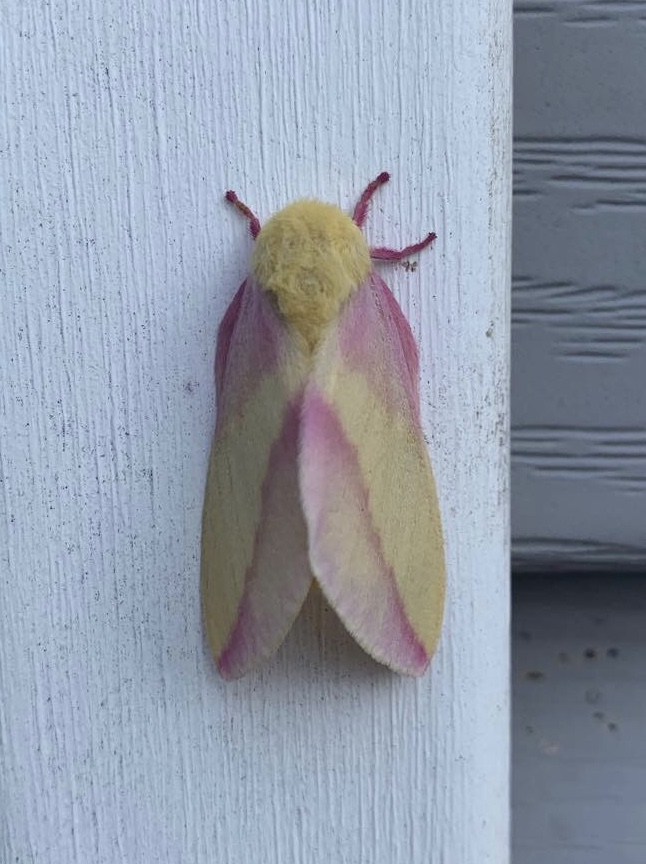
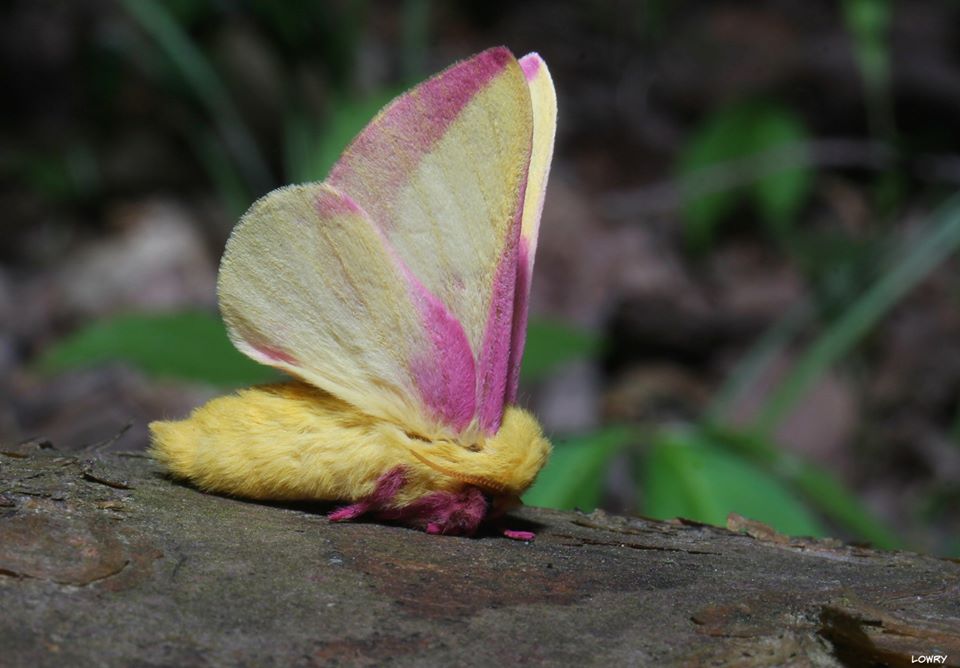
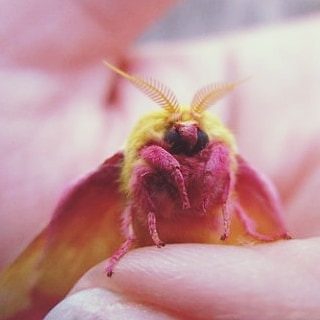
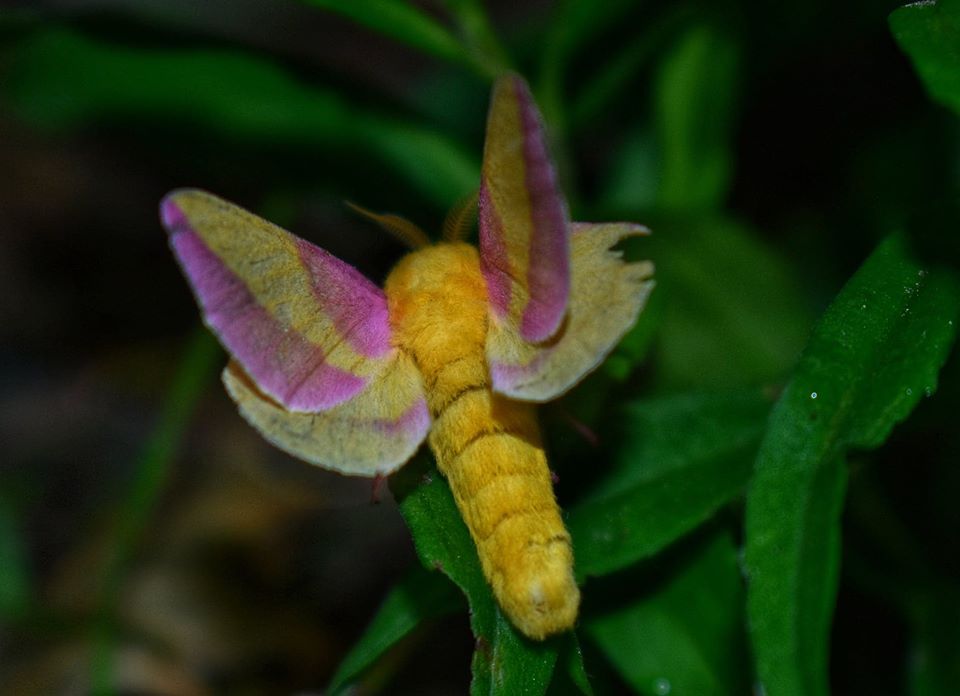
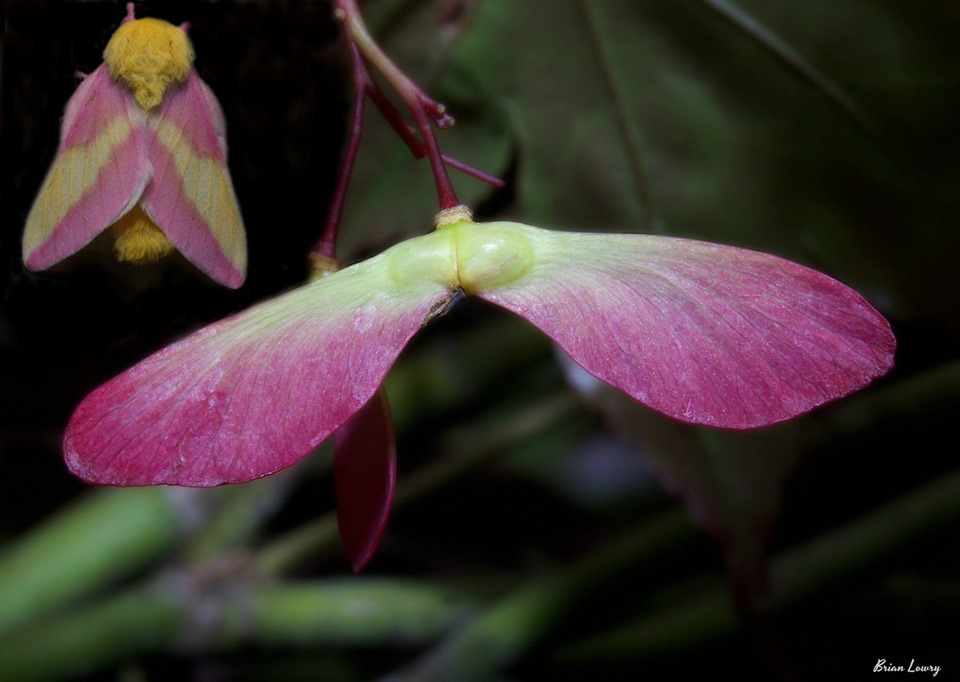
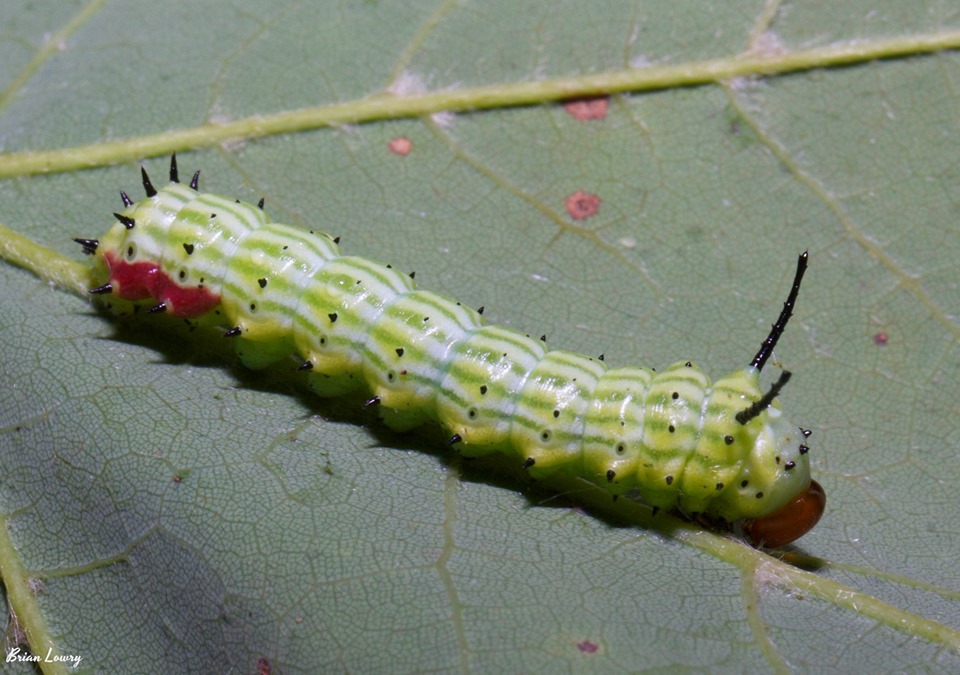
Dryocampa: Combines the Greek dryo for “oak tree” and campa for “caterpillar,” to mean “oak caterpillar.”
Rubicunda: Latin for “ruddy or red.”
Drye-oh-kamp-uh roo-bee-kuhn-duh








This map illustrates documented North American records of Dryocampa rubicunda as of 13 February 2021.
 Documented record(s)
Documented record(s) 5: Secure
5: Secure  NR: Not ranked
NR: Not ranked
Although polyphagous, as their vernacular name implies, Dryocampa rubicunda caterpillars are closely associated with the maple trees (Acer spp.), where they occasionally become pests. Adults lack a digestive system, do not eat, and exist solely for reproduction.
| Known Larval Food Sources in Indiana | ||
| Family | Taxonomic Name | Common Name |
|---|---|---|
| Order: Fagales | ||
| Fagaceae | Quercus spp. | oaks |
| Juglandaceae | Juglans spp. | black walnut and butternut |
| Order: Rosales | ||
| Moraceae | Morus spp. | mulberries |
| Order: Sapindales | ||
| Aceraceae | Acer spp. | maples |
The map, graph(s), and data below represent the Indiana sightings of Dryocampa rubicunda as of 17 April 2025, confirmed through photographic evidence by individuals who contributed to the Great American IN Nature Lepidoptera Project (GAIN LP).
Counties recorded:
22 of 92
Top counties/#of records:
Brown: 48
Monroe: 28
Scott: 17
Owen: 12
Washington: 11
Jefferson: 7
Harrison: 6
 GAIN LP documented in county
GAIN LP documented in county
The images and records below were all submitted by individuals through the Great American Indiana Nature Lepidoptera Project (GAIN LP).